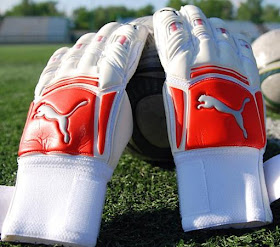Findings
The athlete presents with pain, which may travel up into the tibialis anterior muscle and down to the tendinous insertion at the medical cuneiform and first metatarsal. There may be palpable crepitus, and there is tenderness to palpation, over the tibialis tendon. The pain is worse with resisted dorsiflexion of the foot.
Cause
a) A tendinopathy or tenosynovitis of the tibialis anterior muscle and tendon. A tendinopathy is uncommon and usually occurs at the musculotendinous junction. The injury may be at the insertion, under the anterior retinaculum of the ankle joint, and, occasionally, low over the musculotendinous junction. It is not a common injury.
b) The mechanisms are similar to the anterior compartment syndrome, but usually this is a more acute overload.
c) This injury often appears secondary to a foot or ankle problem, because the patient is wary of impact onto the unstable or damaged foot. The athlete uses the tibialis anterior, long extensors, posterior tibialis and peroneals to lock up and stabiize the foot at impact. The tibialis anterior and extensor digitorum are not accustomed to this work and suffer an overload and/or rubbing injury as the tendons stand out from the foot and rub into the shoes.
d) Occasionally it is caused by a shoe with the laces tied up too tightly, which then rubs against the tendon.
e) The foot must be held into dorsiflexion to hold the body for "inclined bench sit ups", and the tibialis can be overloaded. This mechanism may apply during other exercises.
Treatment
a) RICE
b) Electrotherapeutic modalities to calm inflammation, such as ultrasound and laser.
c) Massage techniques to release adhesions, such as frictions.
d) Steroid to the synovial sheath, or the enthesis, to settle inflammation, and reduce adhesions.
e) The use of padding either side of the tendon, where it bows out across the dorsum of the foot, will take the shoe pressure off the tendon.
f) A supportive orthotic may help the mechanism as in cause c), written above.
Sports
a) Avoid inclined or ordinary sit-ups with the feet under a bar, or held by a colleague, for leverage.
b) Inexperienced cross-country skiers may concentrate on sliding the ski forwards by dorsiflexing the foot and toes.
c) "Shuffle runners", who do not thrust from the forefoot to achieve lift-off, may have to dorsiflex their toes and feet faster to clear the ground at take-off.
d) Step aerobics and hill running may lead to increased dorsiflexion of the foot and toe.
It is not common in sport, but quite frequent as part of a protective mechanism, as mentioned above. A major help is to lengthen the stride and relax the foot during the lift-off and carry phase, and work on psoas strength to improve the knee carry.
"Concise
guide to sports injuries, 2nd edition",Churchill Livingstone,
Malcolm T.F. Read, foreword by Bryan English








0 коментара:
Постави коментар